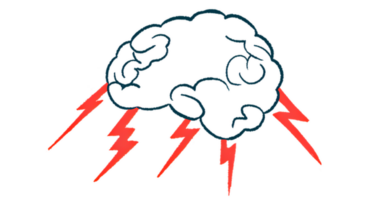Researchers Unravel Link Between Herbicide Exposure and Parkinson’s

After exposure to the herbicide paraquat, genes that may lead to Parkinson’s disease were identified using an innovative gene-editing technique.
The study, “A CRISPR screen identifies a pathway required for paraquat-induced cell death,” was published in Nature Chemical Biology.
Exposure to the herbicide paraquat is associated with Parkinson’s. Paraquat kills cells through a mechanism called oxidative stress, but how this happens has not been explained.
The research team looked for genes involved in the underlying mechanism paraquat uses to produce oxidants, the chemicals that cause oxidative stress in cells.
They reasoned that the loss of function in dopamine neurons of the substantia nigra pars compacta, a small region of the brain, seen in Parkinson’s may be because they are more vulnerable to oxidative stress than other neurons. Paraquat would cause more damage to the dopamine neurons and thereby cause Parkinson’s in certain people with genetic susceptibility, they hypothesized.
“We thought it was a metabolic protein that paraquat was activating to generate oxidants,” Chandel said. “So we localized our work to the 3,000 genes that encode for metabolic proteins, rather than the 18,000 to 20,000 genes human cells have in total.”
Using the CRISPR-Cas9 gene-editing technique to disable each of roughly 3,000 genes individually as a screening method, the researchers found that when three particular genes were knocked out in cells, the cells became resistant to the effects of paraquat. The three genes were POR (cytochrome P450 oxidoreductase), ATP7A (copper transporter), and SLC45A4 (sucrose transporter).
POR, in particular, was the main source of oxidation that caused damage to cells.
“Certain people with genetic mutations could have high levels of this gene. They would be very susceptible to paraquat poisoning while working on a farm, for example,” study lead author, Navdeep Chandel, PhD, said in a press release.
“Paraquat generates a lot of oxidants. Naturally those dopaminergic neurons will be the most susceptible to damage,” said Chandel, who also is the David W. Cugell, MD, Professor of Medicine in the Division of Pulmonary and Critical Care at Northwestern University Feinberg School of Medicine.
Paraquat is banned in the European Union, and restricted in the United States, but it is still used widely throughout Asia and the developing world.
The technique used in the study is called CRISPR-Cas9 positive-selection screen, and its use in studying the biological mechanisms causing oxidative stress in cells may be the major finding of this research, according to Chandel.






